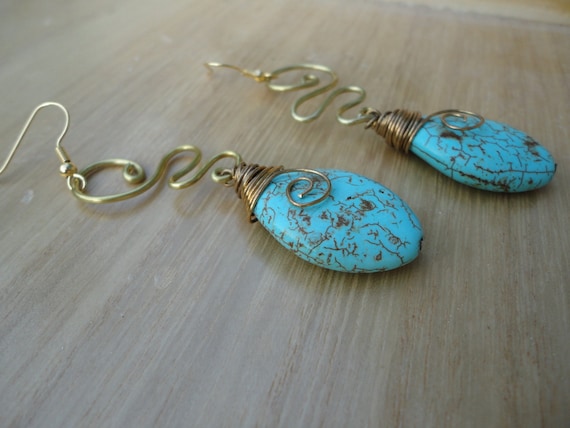 Thank you so much, Michele Yanong from Multiage Moments, for nominating me for the Versatile Blogger Award (and sorry that I didn't see this until now! I was busy away on a trip with the youth group from my church).
Thank you so much, Michele Yanong from Multiage Moments, for nominating me for the Versatile Blogger Award (and sorry that I didn't see this until now! I was busy away on a trip with the youth group from my church). I get so excited when I find another multiage ELL/Bilingual/Dual language teacher like me! It feels great to know I'm not alone :) Make sure you check out her blog - she loves owls too! I just can't get enough of her adorable ideas.

Here are the rules for the Versatile Blogger Award:
1. Thank the blogger who nominated you
2. Include a link to their blog
3. Include the award image in your post
4. Give 7 random facts about yourself
5. Nominate 15 other bloggers for the award
6. When nominating, include a link to their blog
7. Let other bloggers know they've been nominated
Seven Random Facts About Me
1. Yesterday was my birthday! I chose to spend it making adorable owl desk nameplates for my students using my new Cameo Silhouette that my husband gave me :)
2. I am a huge animal lover. I have had every pet imaginable, from a 2 1/2 foot long Red Bearded Dragon and a 2 foot long Blue Tongued Skink (both lizards) to hedgehogs and bunnies.Right now we have a rabbit named Lucy and she is my sweetie!
3. I love to make jewelry when I am not teaching or making adorable things for my classroom. I have my own 'business' (really a shop on Etsy and a booth at craft fairs) selling my jewelry. I call it Nehring's Earrings because, let's face it, elementary school teachers love to rhyme!


4. Even though I'm pretty sure I was not meant to be a high school teacher, I LOVE helping to lead my church's senior high youth group. The kids are amazing and we have soooooo much fun at youth group or on fun trips.
5. Mint chocolate chip ice cream is my favorite food...I'm not even ashamed!
6. My husband and I just bought our first house in April. I am starting to feel so grown up!
7. I am the oldest of 3 girls, but my Dad got married this past New Year's Eve so now I'm the oldest of 4 girls and two boys! We have a huge, wonderful family!
And my nominees are....(drum roll please!)
Flapjack Educational Resources



































